Edith Amituanai
Published 8/10/2019
Progear Photographer of the month Edith Amituanai, took up photography as an art student and has gone on to be represented by some of NZ’s finest art galleries expressing her ideas through a blend of art and documentary.
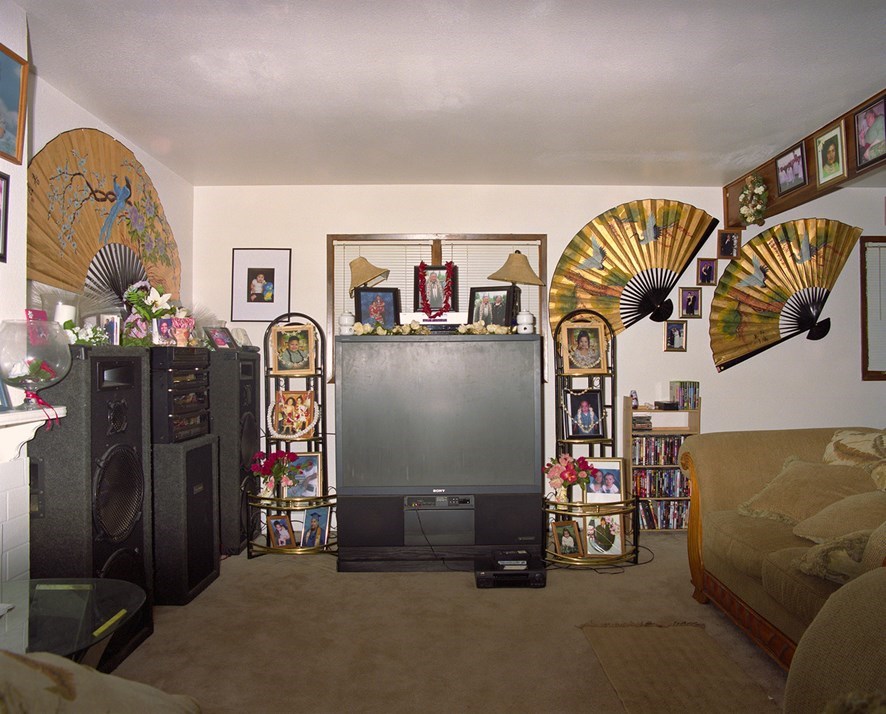
Tell us a bit about yourself, how you got started in photography and what you like to shoot.
I started using a SLR in fifth form photography back in the day. I found out in art school it was the only medium I was good at. I like to photograph people and how we live and I remember really struggling with landscape and unpeopled assignments at school.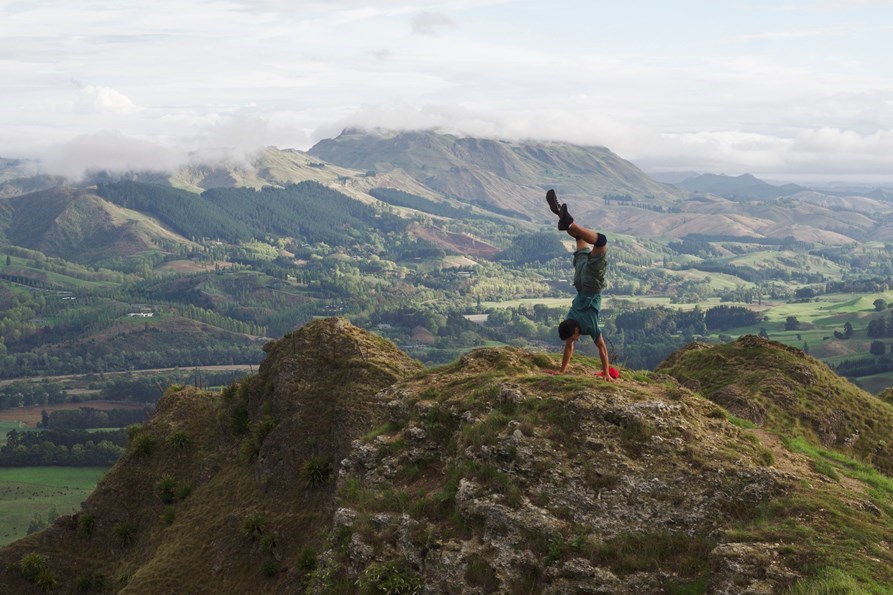
Your work centers a lot around building relationships. Can you tell us a bit about how you build those and the importance in relation to your work.
That’s a hard one. Perhaps simply, we all have certain ways with the worlds we inhabit, try to lean into your strengths. Even if you taught me how to photograph other kinds of subjects (like landscape) I still couldn’t do it. 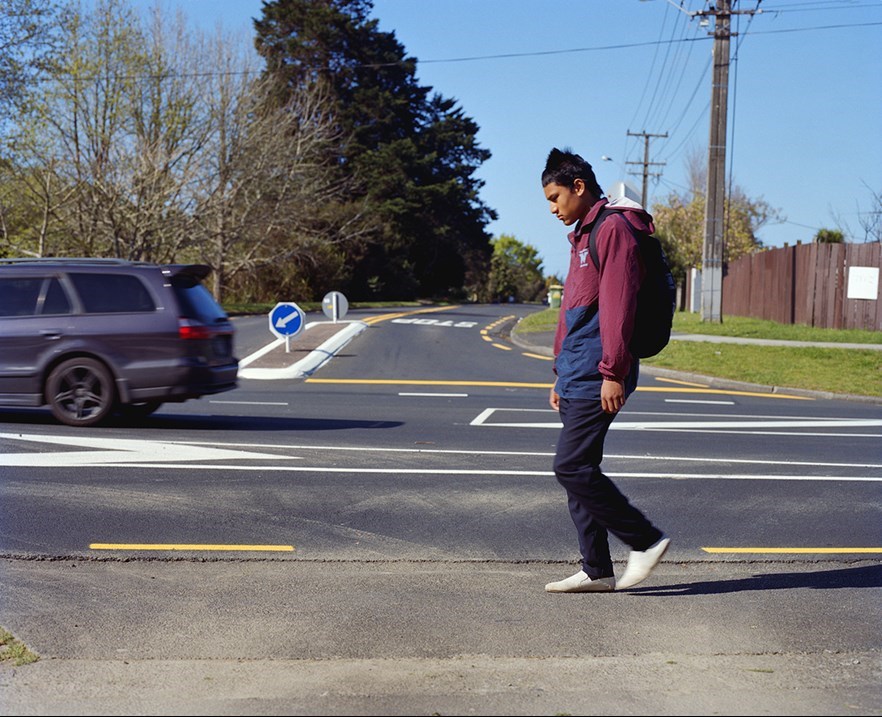
Your work juxtaposes various states of public and private spaces. Is this deliberate and if so can you describe what compels you to shoot this way?
Pretty sure it’s deliberate. I think as I said I’m interested in how we live and who we are in and outside the homes we were cultivated in. Who we are while walking to school or who we are at work. What we look like on the driveway before your first day of school, at the park with our friends, in the kitchen with our families. 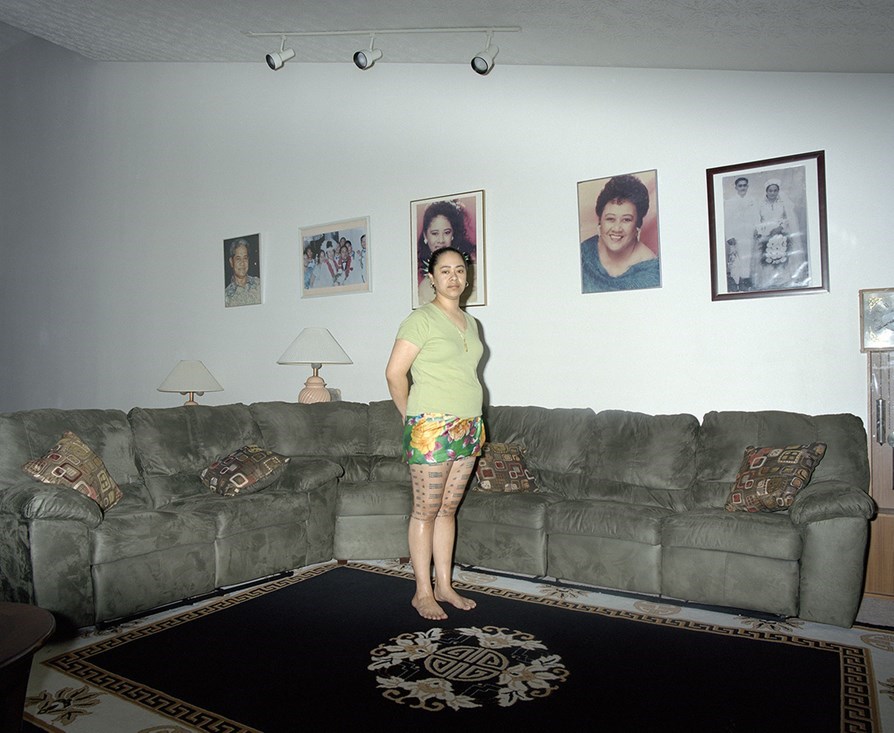
The mood of pacific suburbia is an ongoing theme throughout your photography. What are your thoughts about pacific people living in western built environments?
I wouldn't call it a mood but the influence of the west can be found mixed in everywhere. That entanglement is fascinating and complicated to me. Sometimes I look at how it lives behind closed doors, as in picturing rituals in the homes of my family like playing cards on the kitchen table. Other times I find it on the street as in the siren castles people construct on the roofs of cars that blast Celine Dion music. 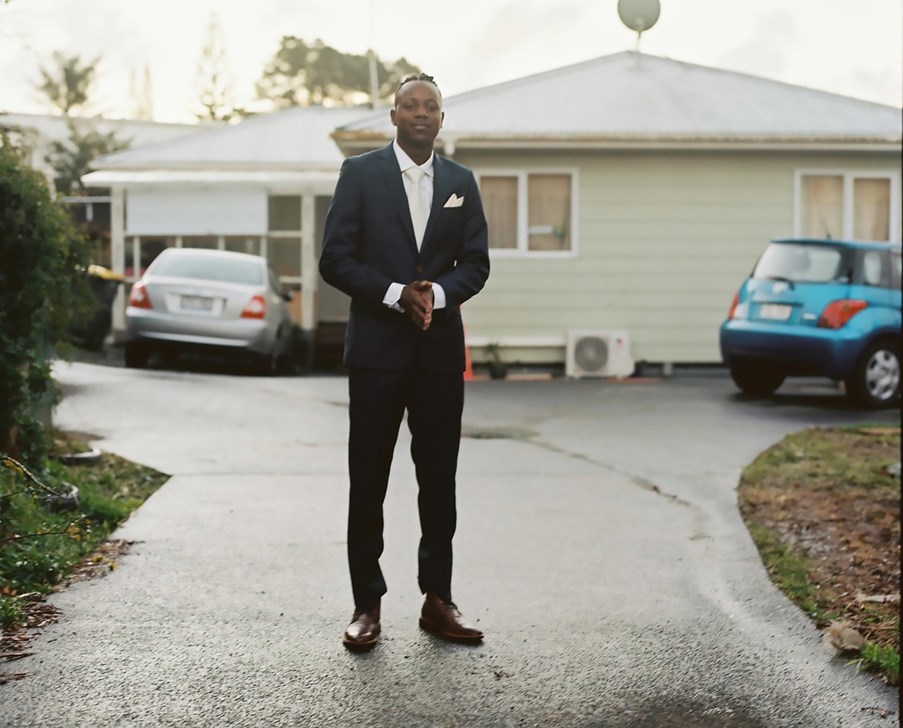
You’ve been described as ‘The village photographer’. Tell us about the way you blend art and documentary.
I think it’s about having a point of view of the world and a signature that’s uniquely yours. I always tell my students that it's your job to know your photography history but what really people remember you for is something that only you can do and say. Check out what Raymond Carver says about writer’s talent and style he articulates it better. 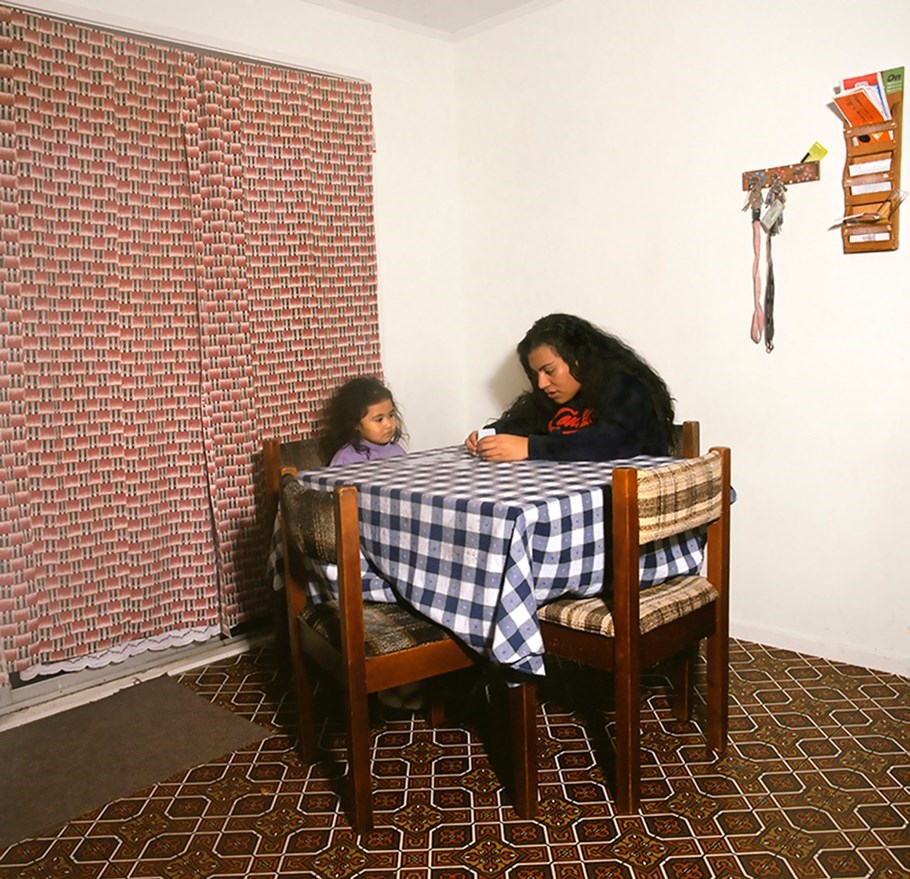
There appears to be an re-occurring focus on youth, activity and ‘play’ in your work. How would you describe the way you approach photographing these things?
I like to circle back to ideas that I think deserve more attention and perhaps picture making can be my contribution to being useful in the world. I want to make images that increases our visibility, empowers and challenges perspectives.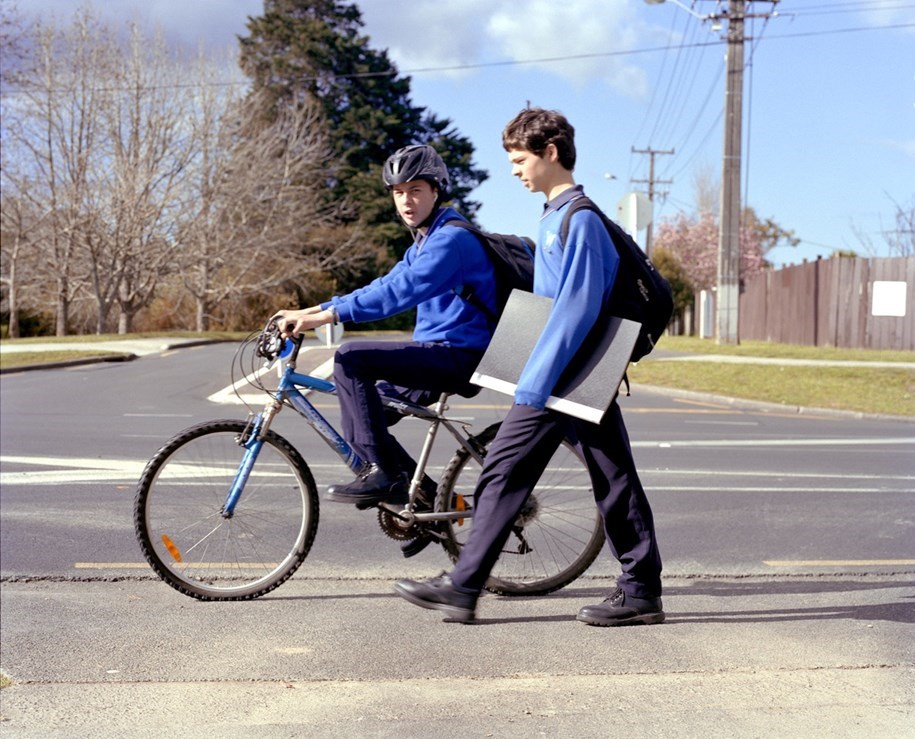
Your work is full of vivid and often clashing colours. Talk about your perceptions of colour.
I will be a student of colour photography until I die. It only makes sense to me to photograph in colour because what I am shooting demands to be in colour. Sometimes it screams out to be seen in colour.
You shoot both people and places. What are the different head spaces that apply to the way you photograph one or the other both technically and spiritually?
I’d like to think I approach both topics with the same sensitivity. I think the thing that you’re trying to picture tells you how to frame it, light it etc. I don’t spend a lot of time photographing but I do spend a lot of time looking, thinking about what’s interesting to frame up. 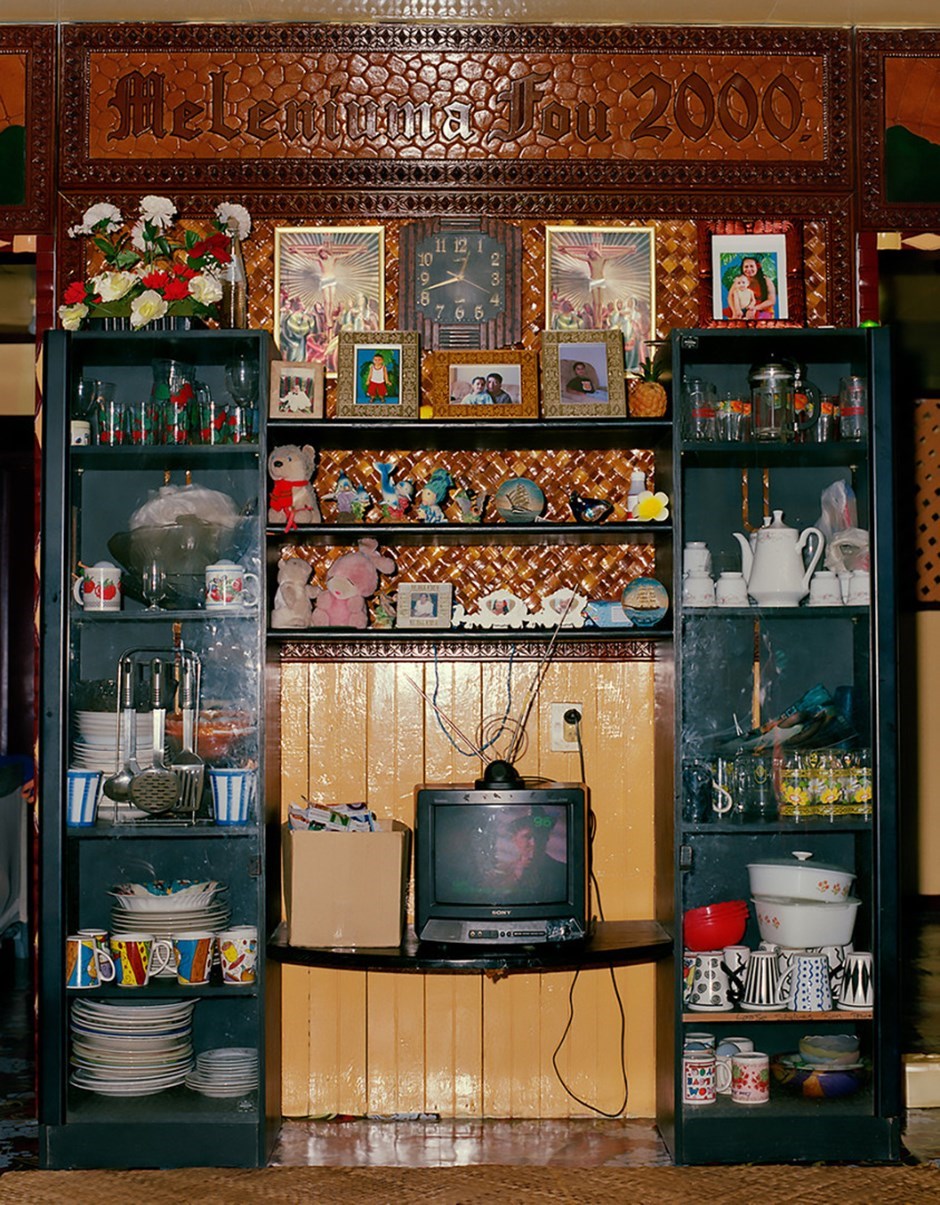
You’ve had success in the fine art world. What advice would you give to young photographers trying to break into the art photography realm?
I’m not sure about that, I think what I said above about blending art and documentary. Something about having a particular point of view and a mastery of the craft.
How important is social media and how does it affect the way you create?
I’m not sure if it impacts how I make pictures but does keep me connected to the other photographers. It tells others what I’ve been doing too that might be useful. 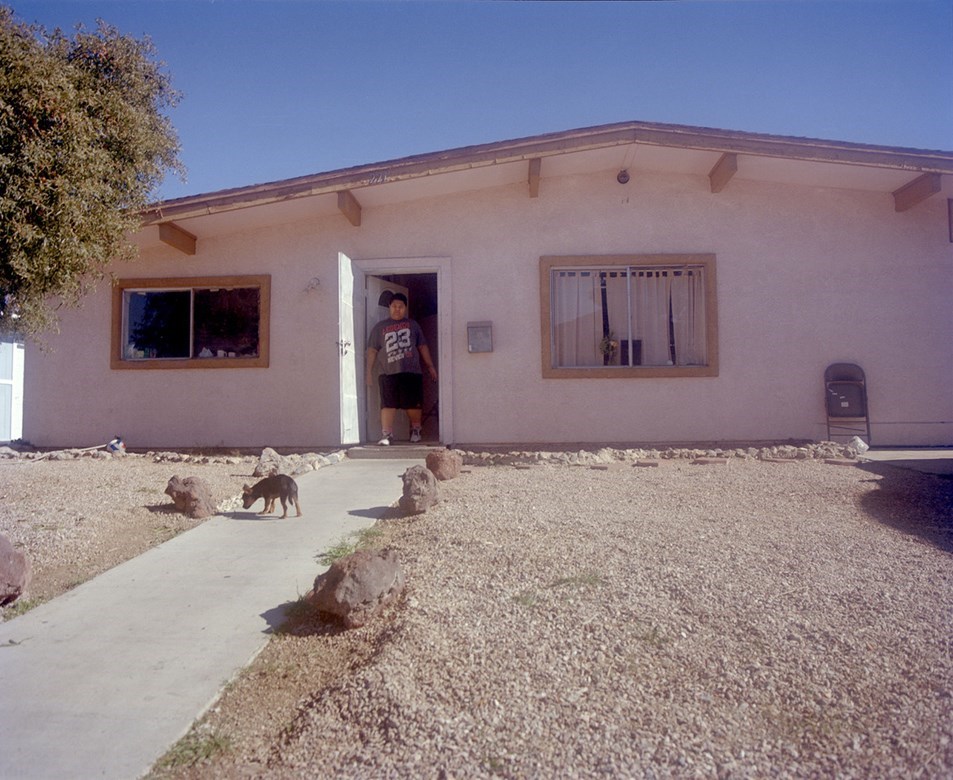
Which part of photography do you like best ie. Shooting, editing or something else?
I like getting my negatives back that’s pretty exciting. My favourite part is that rare time I look down the viewfinder and know the things that I’m framing up is gold.
What things do you do outside of photography that informs your creativity?
I've always been informed by t.v it was why I came to art school. I also like to read on the train, I love public transport. 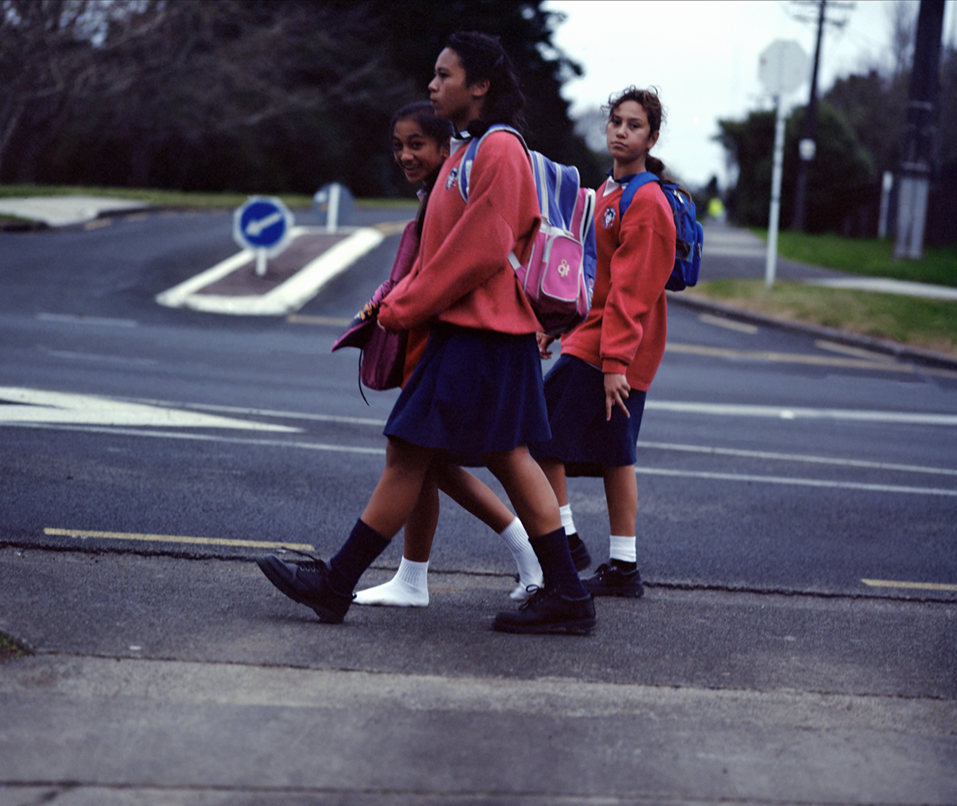
What’s your dream project?
I think all my projects are dream projects. However I would like to see some photographers work that may never travel down to our end of the Pacific Ocean. I’m thinking Seydou Keita, Malick Sidibe, Nan Goldin, Richard Mosse, Jim Goldberg, Susan Meiselas, Dana Lixenbourg so many things to see.
Gear Talk…What are you shooting with and why?
I’m pretty much using the same gear that I learnt how to use in art school. I liked the medium format Mamiya RZ camera and have been using it for over 16 years now. I used to use studio flash a lot more but now it’s just a handheld flash or ambient light. I think if it ain’t broke don’t fix it. I would however like to invest in studio flash I think I need to.
Find more of Edith's work:
www | www.edithamituanai.com
Instagram | @edith_amituanai

 +9 529 5055
+9 529 5055